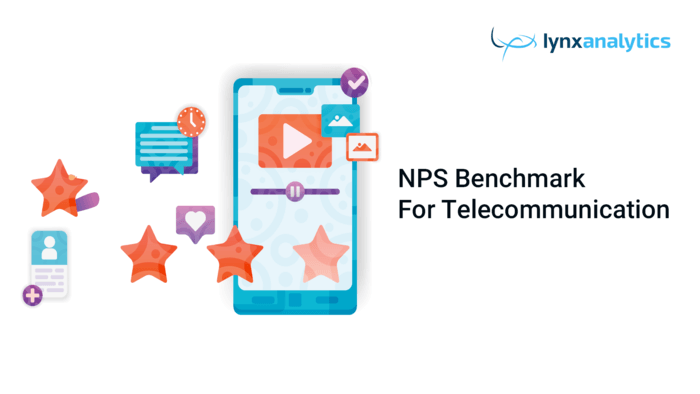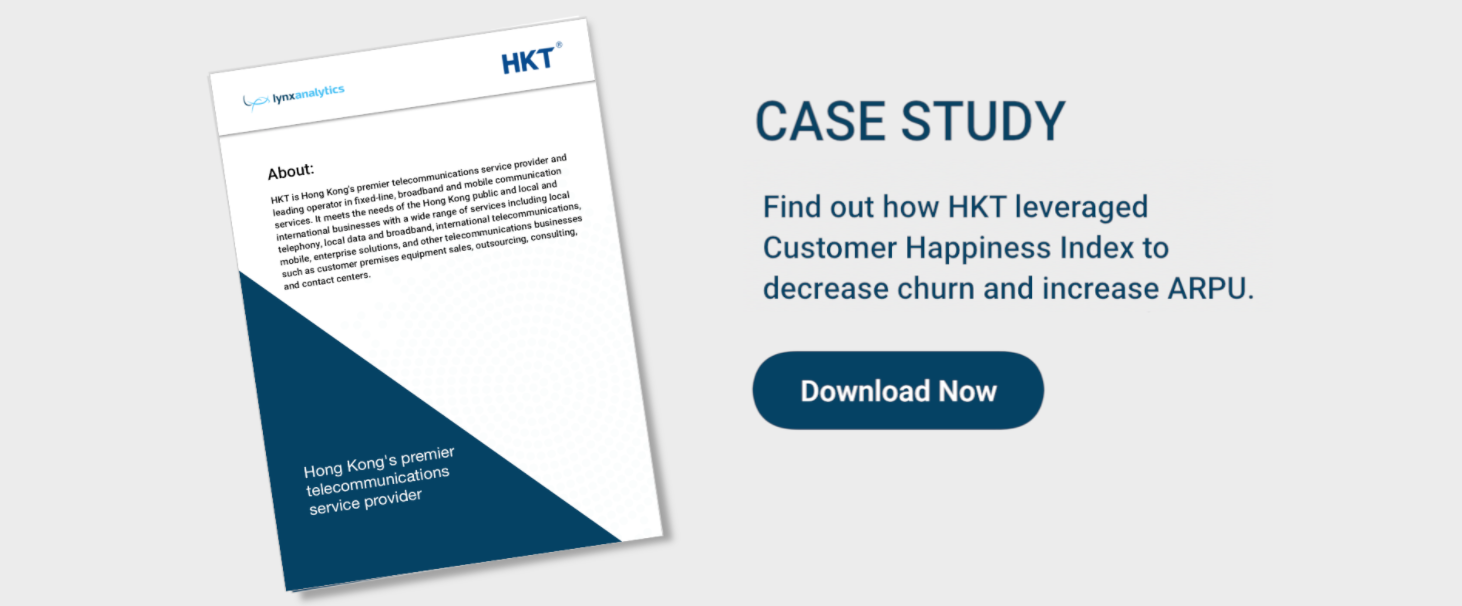
What is NPS?
|
What Is NPS? Net Promoter Score, or NPS, is a business tool used to measure the loyalty of a company’s |
Even if you don’t know what NPS is, you’ve undoubtedly come across it at some point in your life as a consumer. The ‘test’ consists of a simple question, asking customers something along the lines of:
‘How likely are you to recommend this service/company to a friend?’
This deceptively simple question is actually one of the most common customer satisfaction metrics in the world today. While it is a very basic concept, it can provide useful
insights into any customer base when used properly.
How Does NPS Work?
The way NPS works is simple.Customers are presented with the question and can answer
it by choosing a number on a scale of 0 (extremely unlikely) to 10 (extremely likely).
Depending on the number they choose, the respondent is then categorized into one of three groups. If they’ve chosen anything from 0-6, they are classed as ‘Detractors’, whilst 7s and 8s are called ‘Passives’, and 9s and 10s are ‘Promoters’.
Obviously, companies should be aiming to get as many Promoters as possible, with a large number of Detractors reflecting a poor customer service record.
To determine the final NPS figure, you simply subtract the percentage of detractors from the
percentage of promoters. For example, if 75% of respondents were classed as promoters and 7% were detractors, the NPS would be 68%.
Why is NPS Such a Popular Tool?
The fact that NPS is simple and non-intrusive is probably one of the biggest contributors to its success. It is very easy for a customer to click a number on the scale, and it provides immediate and valuable feedback to the company about customer loyalty.
Customer loyalty is important as it is strongly linked with profit and sustainable growth. Customers who are happy enough with a service to actively recommend it to other people are likely to remain customers for a longer time, spend more money, and contribute to growing the customer base organically.
NPS helps companies see how their customers’ perceptions evolve over time and allows them to benchmark against their competitors and the industry in general.
Why is NPS so Useful for the Telecommunications Industry?
The telecommunications industry is huge, accounting for a significant proportion of the world’s economy. This means that the customer base of many telecom companies is also enormous. These large customer bases are one of the main reasons that NPS is so useful for operators - because the large sample sizes are able to provide accurate and reliable results regarding customer attitudes.
The telecommunications industry also relies heavily on repeat business. This is true for both pre-paid and post-paid services and whether customers are under contract or not. So it’s paramount that customers stay happy, keep spending, and continue recommending you to their friends and family.
Furthermore, there is little separating most telecom companies in terms of the service provided (at least in the eyes of many customers), so consumers often depend upon word-of-mouth recommendations to help them choose a service provider.
By using NPS, telecom operators are able to measure customer satisfaction and loyalty in a very simple manner, making it an attractive tool for managers and executives.
Does the Telecommunications Industry Have an NPS Problem?
Customers of telecom companies have an abnormally high sensitivity when it comes to service, with the industry suffering from among the lowest customer service ratings of any industry. According to the NPS Benchmarks Report 2018, telecom businesses have the lowest average industry rating, with a score of just 24.
Phones and the internet have become a hugely integrated part of modern life for most people, so it’s understandable that customers have high standards for the companies behind them.
This shows that it’s particularly important for telecom operators to measure, understand, and react to their customer’s attitudes. Utilizing metrics like NPS is a convenient way to do this.
Are There Any Limitations to Using NPS?
While NPS is a useful tool for gauging customer loyalty, it is certainly not the be-all and end-all of customer metrics. One of NPS’ greatest benefits - its simplicity - is also one of its greatest drawbacks. There’s only so much info to be gained from one quick rating, and many other things need to be measured to build a truly accurate picture of what customers are thinking.
For example, let’s say a customer gives an NPS rating of 2 because he or she is unhappy with the network coverage. The service provider would see that the customer is unhappy but would not be able to understand the reasons for the dissatisfaction. This makes it difficult for companies to identify the factors affecting the customers experience, thus making it challenging to make the right improvements.
Another key limitation of NPS is its reliance on sampling, i.e. the fact that only a fraction of all customers are surveyed and ultimately provide an answer. NPS gives you a score based on a sample that is statistically significant, but it does not segment your entire customer base into promoters, passives, and detractors with certainty. It does not indicate a score for each individual customer and how to improve it.
Overcoming NPS Challenges
Identifying the causes behind NPS results and understanding the impact on every customer is what motivated Lynx Analytics to develop the Customer Happiness Index (CHI). The Index has been specifically designed to capture the business impact of individual product experiences, linking those metrics to the business outcomes operators care about. In a world where customers have access to an array of telecommunication services, keeping them happy is the best strategy to stay ahead of the competition.
CHI is a predictive analytics platform that helps telecom operators to identify and measure key drivers that impact business metrics such as NPS. It automatically assigns NPS scores to every individual customer using advanced AI and Machine Learning. It is the perfect NPS tool to support fact-based decisions that will have a measurable impact.
Here is a recent case study of how a leading telecom service provider in Asia used CHI to identify satisfaction and dissatisfaction drivers for its customers and ultimately decreased churn and increased ARPU.

